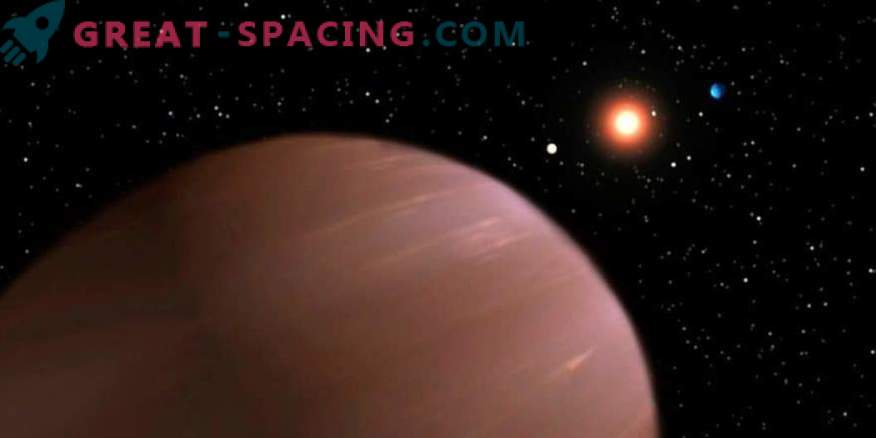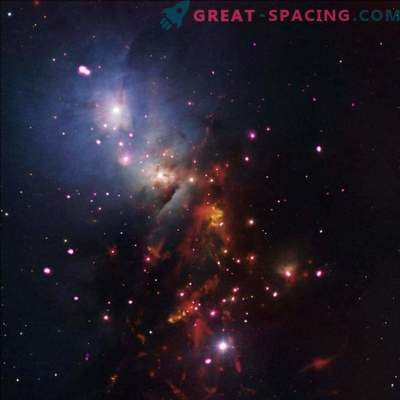
Gloss curve for MOA-2015-BLG-337. The panels display the entire event period, a close-up of the anomaly and the residual result from the planetary overlap model. The red solid line and the blue dotted line indicate the best models with planetary and binary closures.
Using the method of gravitational microlensing, scientists were able to derive a mysterious system. It is about MOA-2015-BLG-337. The fact is that we may have a planet and a low-mass brown dwarf or two brown dwarfs.
The method of microlensing is usually used to search for objects of planetary and stellar masses, regardless of the light they study. The method is particularly sensitive to low-mass planets orbiting weak stars, such as M-dwarfs or brown.
Therefore, researchers used this method to analyze the MOA-2015-BLG-337 event, first seen by the 1.8-meter MOA-II telescope. As a result, managed to find a new system MOA-2015-BLG-337L. Observations have led to the emergence of two competing models. One believes that we are talking about a planet orbiting a brown dwarf. And the other points to two brown dwarfs. The first scenario says that MOA-2015-BLG-337L is represented by a brown dwarf with a massiveness of 6.3-29.3 Jupiter masses with a planet that is 21.6-100.7 times greater than the Earth mass. Then the planet should move away by 0.25 a. e.
If the second hypothesis is true, then these are two brown dwarfs, where one object attains the massiveness of 64-78 masses of Jupiter, and the second - 11.4-18.3 masses of Jupiter. The distance between them should reach 3.3 a. e.
There is not enough data to determine a more correct option. But the study of such objects makes it possible to better understand the process of the formation of planets near low-mass stars. Scientists added that further information would require more information. Now all hopes for the experiment on the infrared microlens PRIME.











































